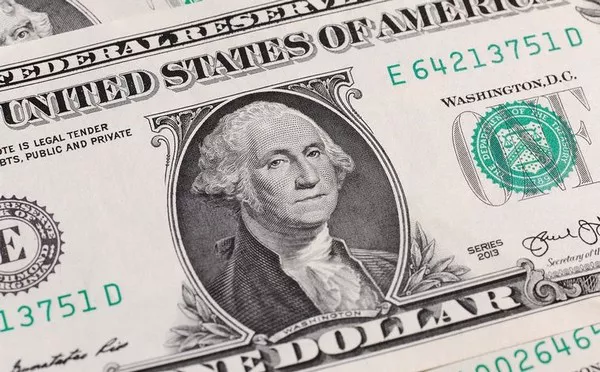Counterfeit currency continues to pose a significant threat to financial systems and businesses worldwide. As technology advances, counterfeiters become increasingly skilled at producing authentic-looking fake bills. In this comprehensive guide, we will explore various techniques and security features that can help you identify counterfeit $50 bills. By familiarizing yourself with the anatomy of genuine notes and employing effective detection methods, you can protect yourself and your business from falling victim to counterfeit fraud.
Understanding the Anatomy of Genuine $50 Bills
To effectively spot counterfeits, it is crucial to have a solid understanding of the design elements present in genuine $50 bills. Here are key elements to look out for:
1. Paper Quality
Authentic $50 bills are printed on high-quality cotton and linen paper. The genuine bills feel crisp and slightly rough to the touch. In contrast, counterfeit bills may feel overly smooth or flimsy.
2. Watermark
Hold the bill up to the light and observe a faint watermark portrait of President Ulysses S. Grant located to the right of his main portrait. This watermark should be visible without obscuring any other details on the bill.
3. Security Thread
Embedded within the paper is a thin, vertical strip featuring the denomination and USA initials in an alternating pattern. When held under ultraviolet (UV) light, the security thread should glow a specific color based on the denomination.
Examining the Security Features
The United States Treasury has implemented several overt and covert security features to protect its currency against counterfeiting. Familiarize yourself with these elements to spot fake $50 bills:
1. Color-Shifting Ink
Tilt the bill back and forth; the numeral “50” on the lower right corner of the bill should change color from copper to green. Counterfeit bills often lack this color-shifting property.
2. 3D Security Ribbon
This feature, located to the right of President Grant’s portrait, appears to be a continuous, embedded ribbon. When tilted, the bell pattern on the ribbon should change to the number “50.” Counterfeiters may struggle to replicate this feature accurately.
3. Microprinting
Using a magnifying glass, examine various parts of the bill for tiny, legible words such as “USA,” “FIFTY,” and “The United States of America.” Genuine $50 bills include microprinting that is difficult to replicate with precision.
4. Raised Printing
Run your fingertips across President Grant’s portrait and the Federal Reserve seal. Genuine bills have an embossed feel due to raised ink, while counterfeit bills often lack this texture.
Using Additional Detection Techniques
In addition to scrutinizing the security features, several supplementary methods can aid in detecting counterfeit $50 bills:
1. Ultraviolet (UV) Light Analysis
Pass the bill under a UV light source. Genuine $50 bills exhibit distinct fluorescent properties, including a glowing security thread, embedded fibers, and red and blue fibers scattered throughout the paper. Counterfeits may lack or display inconsistent fluorescence.
2. Magnification Examination
Use a magnifying glass or a counterfeit detection pen to closely examine fine details such as intricate patterns and line quality. Counterfeit bills may exhibit irregular lines, blurred edges, or poor replication of intricate design elements.
3. Serial Number Check
Counterfeiters often use identical serial numbers on multiple bills. Compare the suspect bill’s serial number with the serial number on another genuine $50 bill. If they match, it is highly likely that the bill is counterfeit.
Staying Informed and Reporting Counterfeits
Preventing counterfeit fraud requires continued vigilance and knowledge about evolving security measures. Here are some important steps to take:
1. Educate Yourself
Stay updated on the latest security features by visiting official government websites, attending seminars, or engaging with law enforcement agencies. Familiarize yourself with legitimate characteristics of genuine $50 bills and stay informed about emerging counterfeit trends.
2. Train Employees
If you run a business that handles cash transactions, ensure your employees are adequately trained in identifying counterfeit bills. Conduct periodic training sessions to reinforce their knowledge and provide resources such as magnifying glasses, UV lights, and reference materials.
3. Reporting Counterfeits
In the event that you encounter a counterfeit $50 bill, it is crucial to report it promptly. Contact local law enforcement or the U.S. Secret Service, which has jurisdiction over counterfeit currency cases. Provide them with detailed information about the bill, including its origin, any suspicious activities surrounding its circulation, and any potential leads.
Conclusion
Identifying counterfeit $50 bills requires a combination of knowledge, observation, and the use of detection tools. By understanding the anatomy of genuine notes, scrutinizing security features, and employing additional detection techniques such as UV light analysis and magnification examination, you can significantly enhance your ability to identify counterfeit bills.


